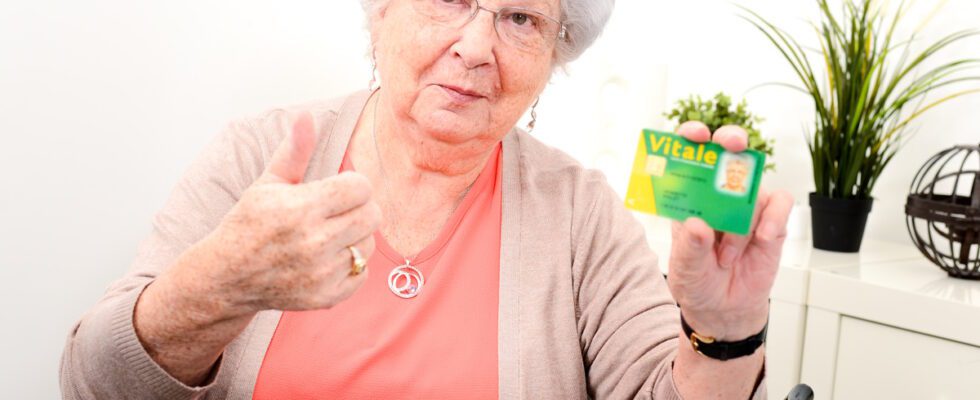The electronic Vitale card has been in experimentation since 2019 in 10 French departments. But since 1er January 2023, the experimentation of the “Vitale e-card” was generalized to the whole of French territory, mentions the CNIL, which provides an update on this device.
Also known as the “Vitale e-card”, this card will be offered to all insured persons before the end of 2025. Note that this card will remain optional. Clearly, people can still use the “physical” Vitale card or the care sheet to obtain reimbursement of their health expenses.
The fact remains that for those who opt for this dematerialized version of the vital card, the “Vital e-card” is the dematerialized version of the vital card. It will be available via the “Carte Vitale” mobile application. On December 31, 2025, all insured persons should be able to benefit from it.
Complete dematerialization of reimbursement requests
This card must allow complete dematerialization of requests for reimbursement of health expenses. In addition, it will be possible, thanks to a mobile application, to consult one’s rights, to download the documents necessary for the management of care, and to follow reimbursements.
It should also be noted that this Vitale e-card will also simplify the identification of its holder so that he can connect to certain digital health services. It will therefore be an alternative to FranceConnect for the digital health sector.
Concretely, on the user side, this application should allow the use of electronic care sheets without having to present their physical vital card, as when they have forgotten or lost it. It must allow you to update your rights without going through a terminal, but also to access various services such as your Ameli account according to Mutualia.fr.
Delegate your Vitale card to a trusted third party
Sante.fr also specifies that the virtual vital card must make it possible to “secure the course of the care sheets by avoiding rejected invoices and errors and allow you to follow your care expenses directly via the application”.
Among the features to come, the “apCV” application will include data from mutual insurance companies, will allow you to delegate your Vitale card to a trusted third party for a limited period, the site also assures.
The data contained in this virtual vital card, according to the CNIL, relate to reimbursement of care, coverage in the event of hospitalization, as well as the identification of the card holder and his dependents (name , first name, social security number, photograph, postal or electronic address). The CNIL specifies that no medical information will be provided on this card, as is the case with current Vitale cards.
The Vitale e-card is not a biometric Vitale card
The “Vitale e-card” is not a biometric Vitale card, specifies the CNIL. “The use of biometrics by the Vitale e-card only concerns the authentication of the person when activating his application, and not at the time of medical treatment or hospitalization”, indicates the Commission.
The CNIL insists in the context of this project on “the balance to be found” between this new offer and “the need not to accentuate the digital divide”. The user will therefore have the right to request support from his health insurance organization for the installation of the Carte Vitale application.
To obtain the dematerialized card, the insured must:
- download the apCV application from a smartphone or tablet;
- provide their social security number;
- make a video capture of his identity card;
- make a video selfie;
- set a four-digit password to protect their data.
QR code and NFC to communicate with the healthcare professional
The insured’s card is then activated, ensures Santé.fr. During the consultation, the healthcare professional must scan the QR code displayed in the application or use an NFC reader on which the patient places his smartphone.
The Vitale card, which almost all of us have in our wallets, is a smart card that has existed since 1998. Since May 2007, it has been gradually replaced by a new generation card, the so-called Vitale 2 card, which displays the photograph of the holder, and ensures the digital identification of the insured. 59 million French people currently hold a Vitale card.
